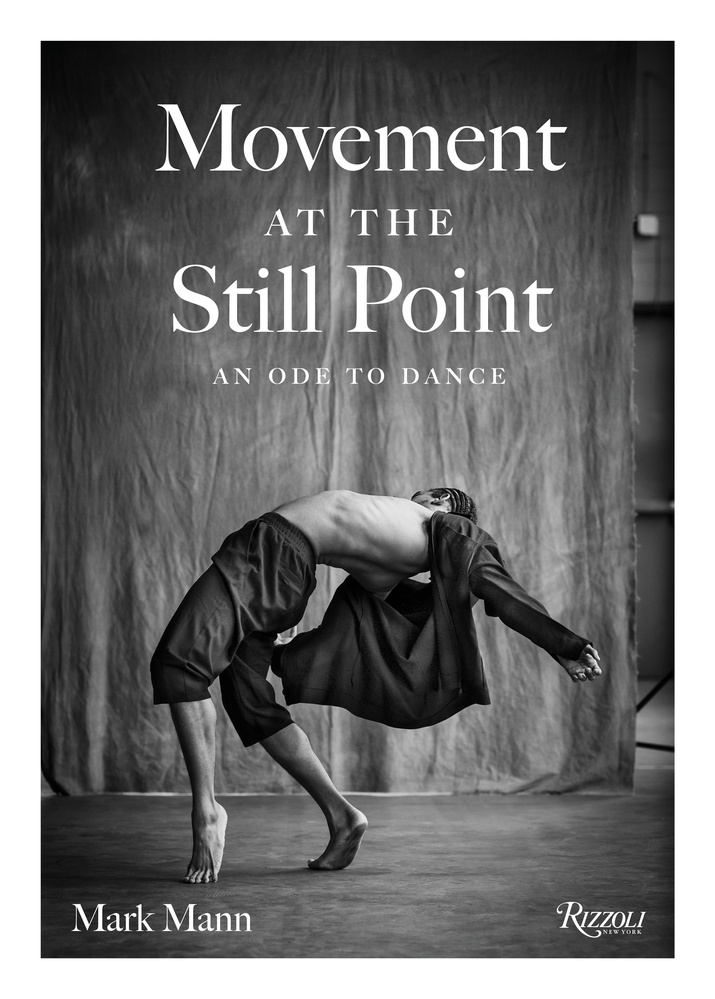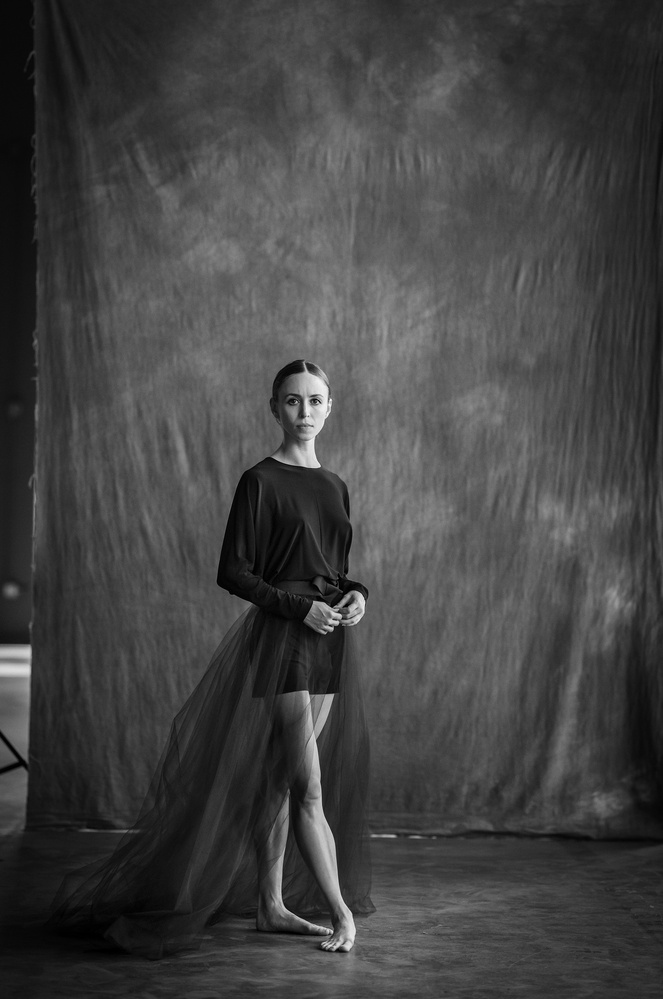We all know Mark Mann from the close-up, soul-bearing portraits of what feels like every celebrity, public figure, and president in current times. Prolific seems a fitting word that should be permanently grafted to any discussion of the artist’s work. Today, however, we are getting to know Mark Mann in a way that you never have.
Curious, frustrated, surprised, and even “petrified.” These are not words I would have ever penned to accompany America’s beloved portrait artist, but from his mouth to my keyboard- here they appear. It was surprising, entertaining, and honoring for me to get to know Mann, and I'm delighted to share highlights of our chat with you.
“As an artist, you’re expected to make each successive piece uniquely new and different, yet reassuringly consistent when set alongside your earlier work.” - David Byles, Art & Fear.
If this is the objective to which artists typically aspire, Mark Mann went ahead and toppled the whole protocol upside down in his latest photo series. In this series, Mann swapped off camera-lighting for natural light, incommodiously close frames for wide shots, and stillness for movement. What led him to do it? The pandemic.
With the pandemic having brought an abrupt halt to everyone’s work Mann found himself with a gap in his workload. “I found myself out of work and I wasn’t sure what to do with the time.” As he walked through one of his empty storage spaces, the window light spilling onto the floor caught his attention. It inspired him. He wanted to make work with it: no off-camera lights, no reflectors, just that soft, quiet spill of light. That encounter, combined with a conversation he had recently had with dancers struggling through the unemployment of the pandemic is what brought life to Mann’s first book: Movement At The Still Point: An Ode to Dance published by Rizzoli.
 In talking about the work, I asked Mann if he learned anything about photography or about himself during this project. “I found myself shooting, and as I was working, the images were getting darker and darker. What is happening here? I checked my dials to see if I had accidentally changed a setting. Ohhhhhh, it’s the light outside changing!”
In talking about the work, I asked Mann if he learned anything about photography or about himself during this project. “I found myself shooting, and as I was working, the images were getting darker and darker. What is happening here? I checked my dials to see if I had accidentally changed a setting. Ohhhhhh, it’s the light outside changing!”
We laughed. Studio photographers can go years, and even decades without using a light that changes on its own. “If I felt that I knew this much about photography, [hands spread widely apart], I realized I knew this much about photography [fingers almost touching].” It takes so long to learn how to shape, direct, and control light and shadows, the reversal of the skillset felt almost as though he was relearning the basics. Light does whatever it chooses, and the photographer must adjust. “The light was in the driver’s seat.” He didn’t make the assignment any easier either: shooting with his medium format Leica S at 3 frames per second in manual focus. It sounded like my worst nightmare: natural light, slow shutter burst, manual focus, and movement. He was brave. Being a sports photographer myself, we talked about the scrupulous culling that athletes and dancers apply to images. The fingers and toes have to point just right, and the form must be accurate. This rigorous elimination process is sometimes challenging in the selection, but Mann encountered something unexpected.

“I found that sometimes, the dancers loved the failed shots. The moments just before or after the pinnacle of the movement. They were images they had never seen before, and they found them quite beautiful.”
A favorite quote of mine is, “Fears about artmaking fall into two families: fears about yourself and fears about your reception by others" by Byles in Art & Fear. I asked Mann if he had any fears about his new work’s reception, or if he had found ways over the years to detach himself from the public’s response to his work.
“Oh I’m petrified!”
“You are?!”
“Absolutely Petrified!”
His humility and transparency surprised me at many times during our chat. “Who am I to shoot dancers? I’m no one.”
It took me a second or two to filter the flood of responses which came to my mind. “Um one of the most respected photographers in current history?!” “You’re Mark Mann!” It was refreshing to see that an artist of his level of experience, knowledge, and success still has the same internal conversations that many of us have as we review our work. What he meant was that he wasn’t experienced in the world of dance. It wasn’t a space in which he was an authority, so he felt somewhat audacious releasing a photo book on the topic.

Mann and I met a few months back at Imaging USA (which I wrote about here). I asked him, “At Imaging USA where we met, I spoke with several photographers who felt that they were in a rut and somewhat lacking direction for their photography or career. What would you say to these artists?” “Practice.”
I suspected he may say that. It is always the answer. He encouraged photographers to take their cameras new places. Try different lighting scenarios. Try different cameras. He pulled out the paper shoot camera which a photographer had showed us while we were talking at Imaging USA.

He said he had been shooting with it and the primitive nature of it was fun to work with. The interview had a repeated theme of “coming back to the basics.” Light, and nothing else.

I ended our chat with perhaps the toughest question of them all. “I’m one of the rare people that buy books. My sofa is lined with a scattered pile of books on art, writing, and mindfulness. I think I am more of an exception than a norm on having a love of owning books. Why would you say that people should spend the money on purchasing photography books?”

After a laugh that seemed to concede the loaded nature of the question, he talked about how he loved the inspiration he drew from looking at photo books. Making a cup of tea, detaching from the virtual world, and sitting quietly with beautiful imagery and turning real pages. I completely related to this. My books are pulled from my bookshelf, sometimes in the early morning, with my coffee when I have a big shoot day but I’m mentally not ready to tackle it. Sometimes it happens mid shoot. My mind gets tired, my creative energy feels depleted but I still have to keep going. I’ll make some tea and take 15 minutes to sit by the window and quietly rest my mind by looking at a book. It’s inspiring, it’s restful, it’s renewing.

The book will be available for purchase “everywhere books can be bought.” Mann and his team wanted to support the dancers who generously shared their time and talent. The proceeds of the books will be divided between Mann, his production team, as well as each dancer.
It was a real privilege to speak with Mann. I was surprised by his humility and approachability. I have been sitting in the mornings with my coffee, sometimes in the evening with a cup of tea after a tiring day and indulging in a few pages at a time. I’ve enjoyed seeing not only the exquisite images, but also the inspiring words which the dancers contributed. I will close the article with a quote from ballet dancer Megan LeCrone. I think many artists, photographers as well, can empathize with her sentiment.
“Dancers relate, on one level, to one another through competition inherent in the art form. We compete for jobs, roles, and ranking, but we also compete with ourselves to be better than we were the day before, and maybe to understand ourselves more? We all know what it’s like to get up each day, face ourselves and our bodies. We try to accept ourselves on one level, define our limits or weaknesses, and then push beyond all that to get to a place where we are better.”
Images used with permission of Mark Mann








Michelle, this is a wonderful piece! Thank you so much. Mark is one of my favorites and this glimpse into his world was really great.